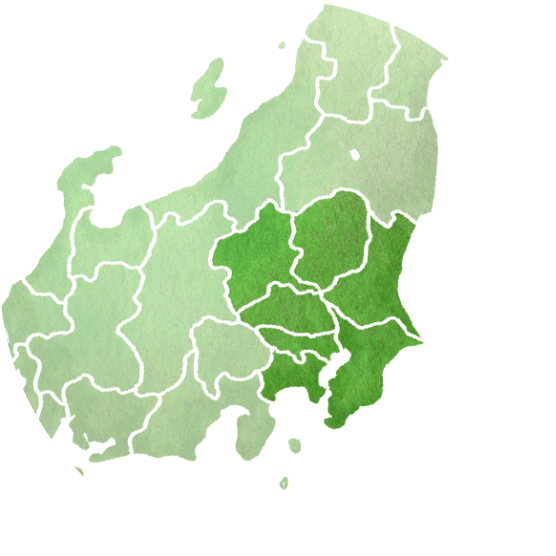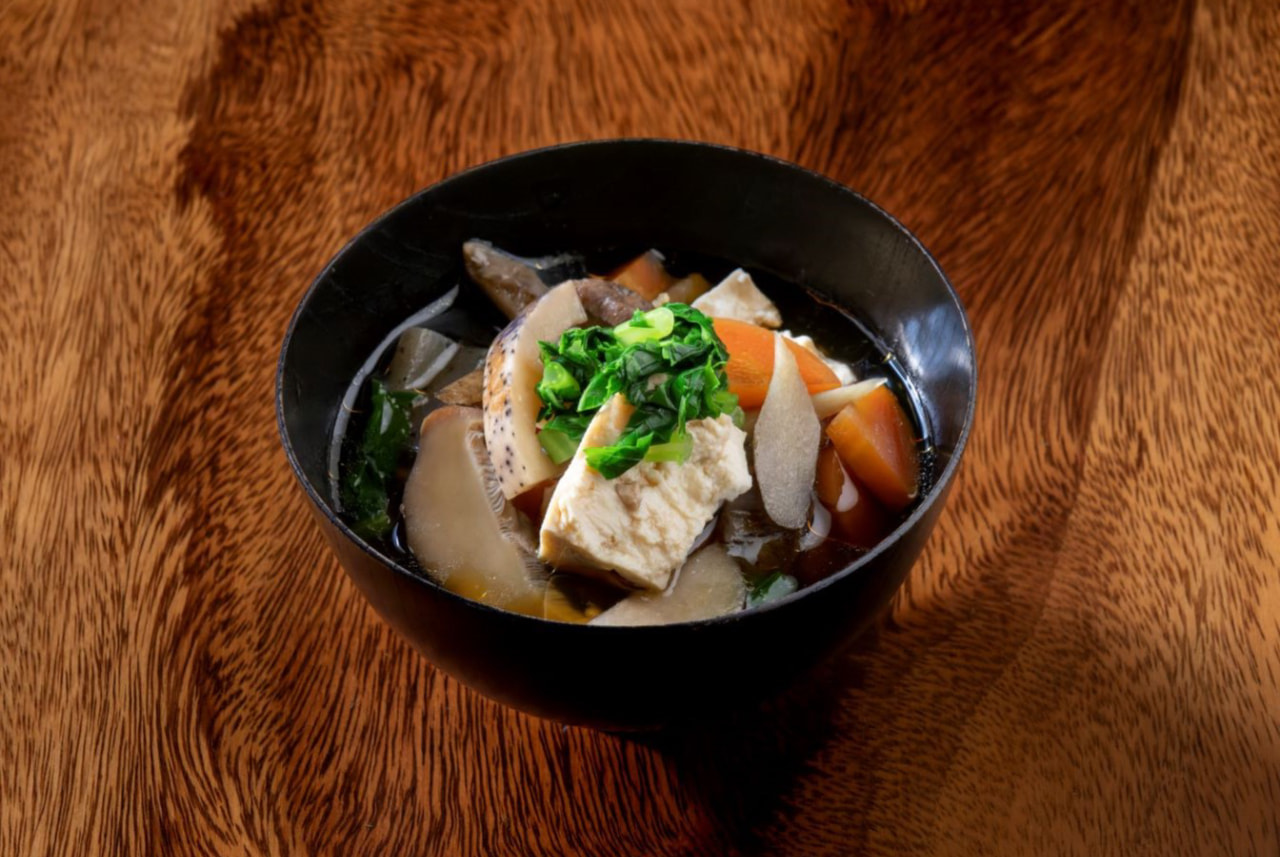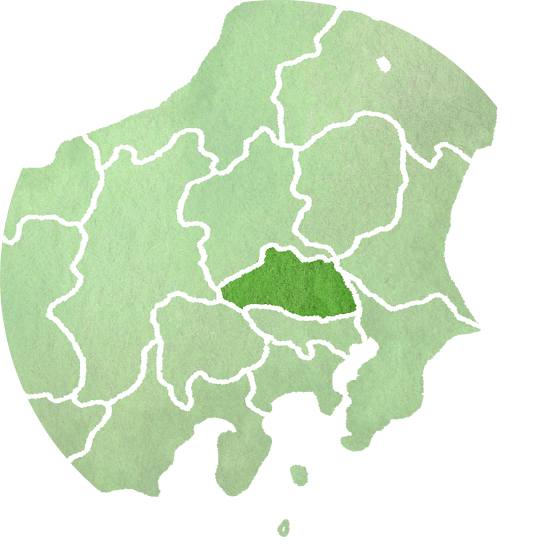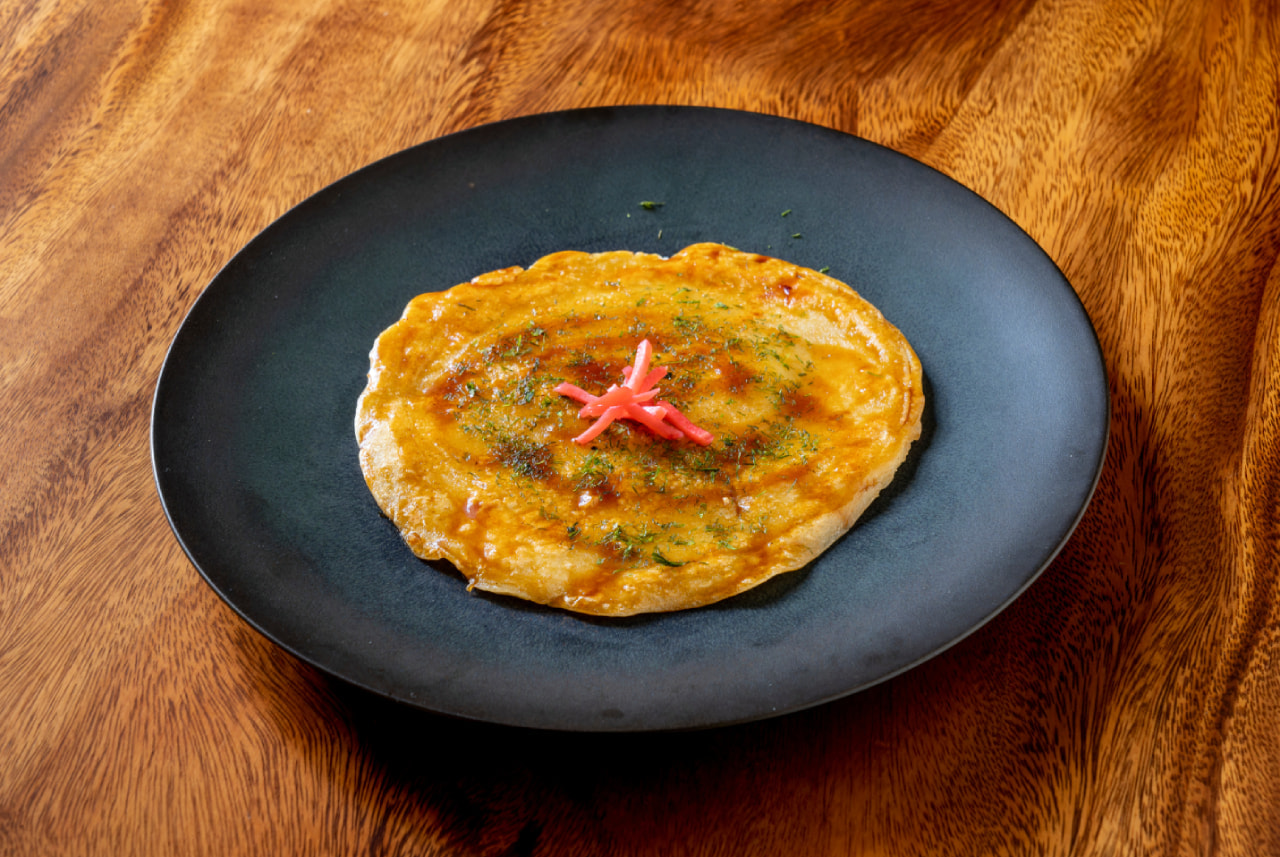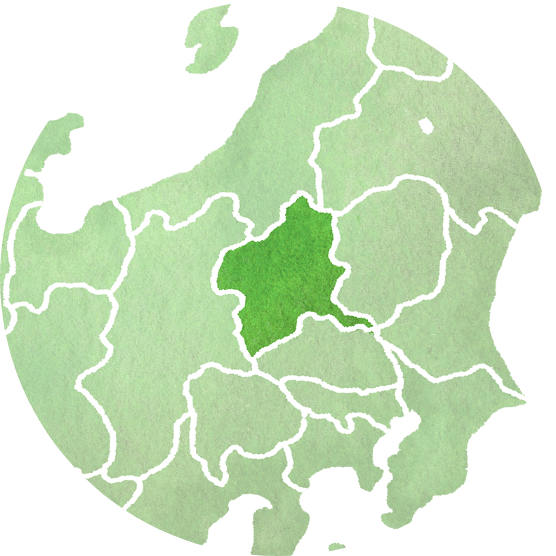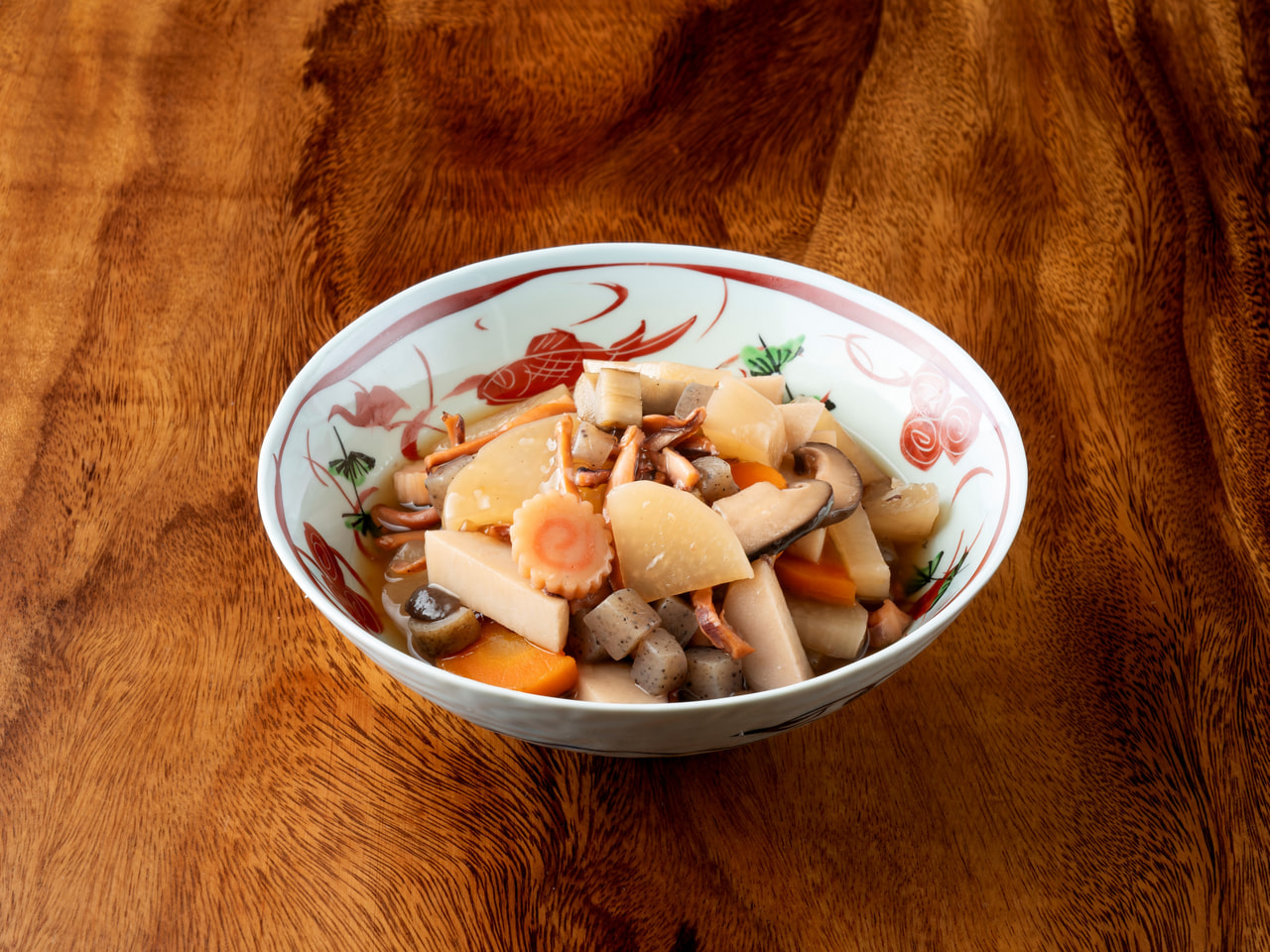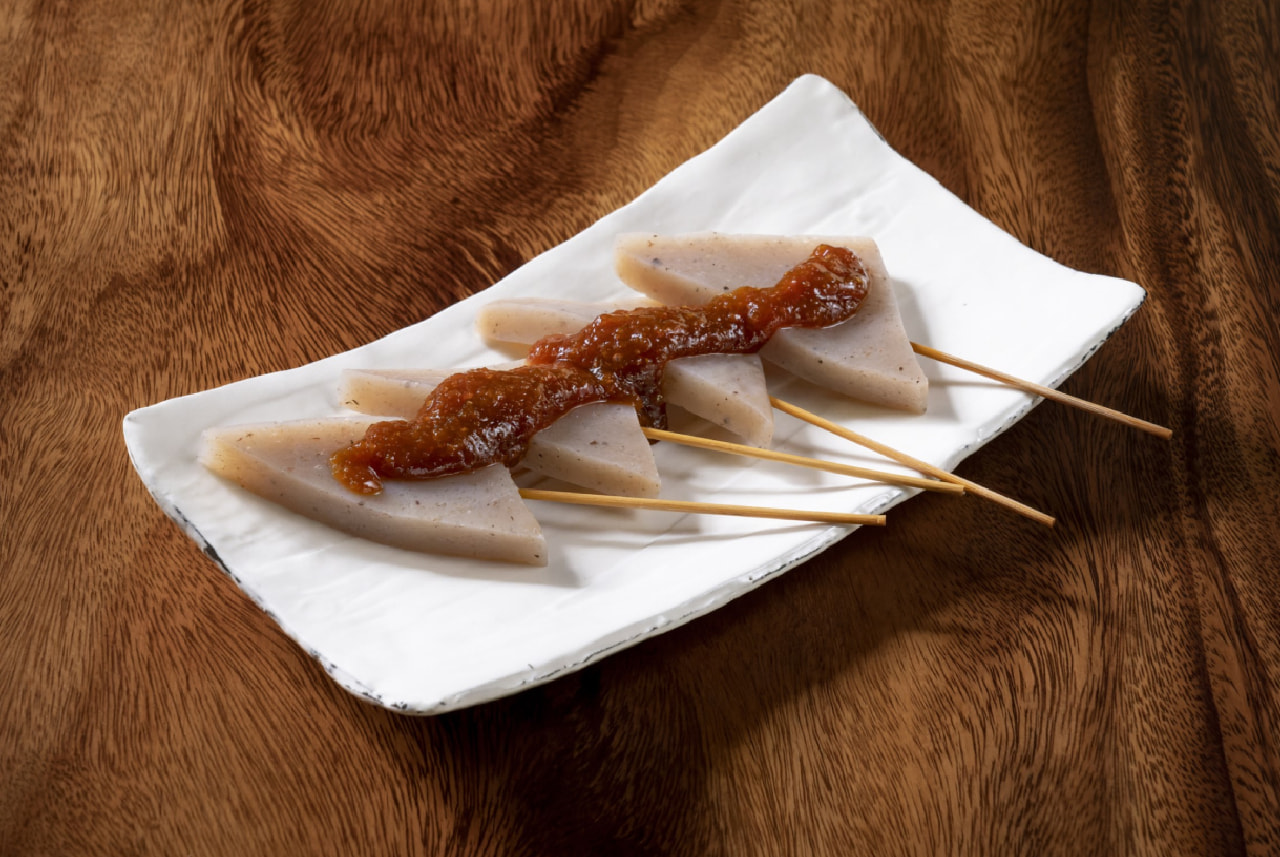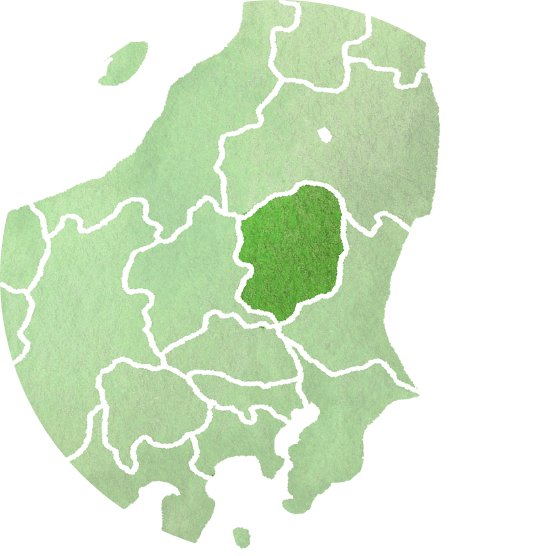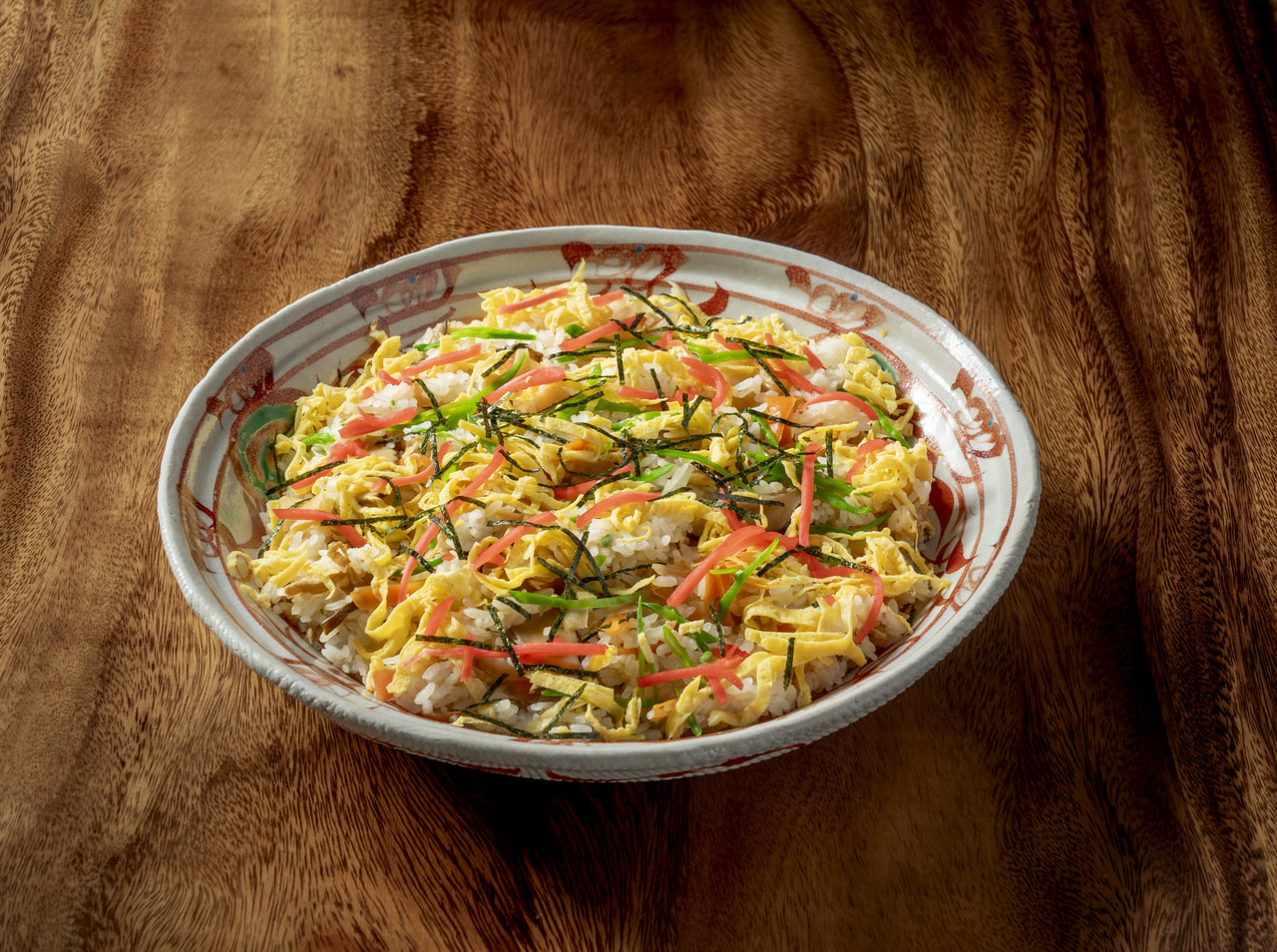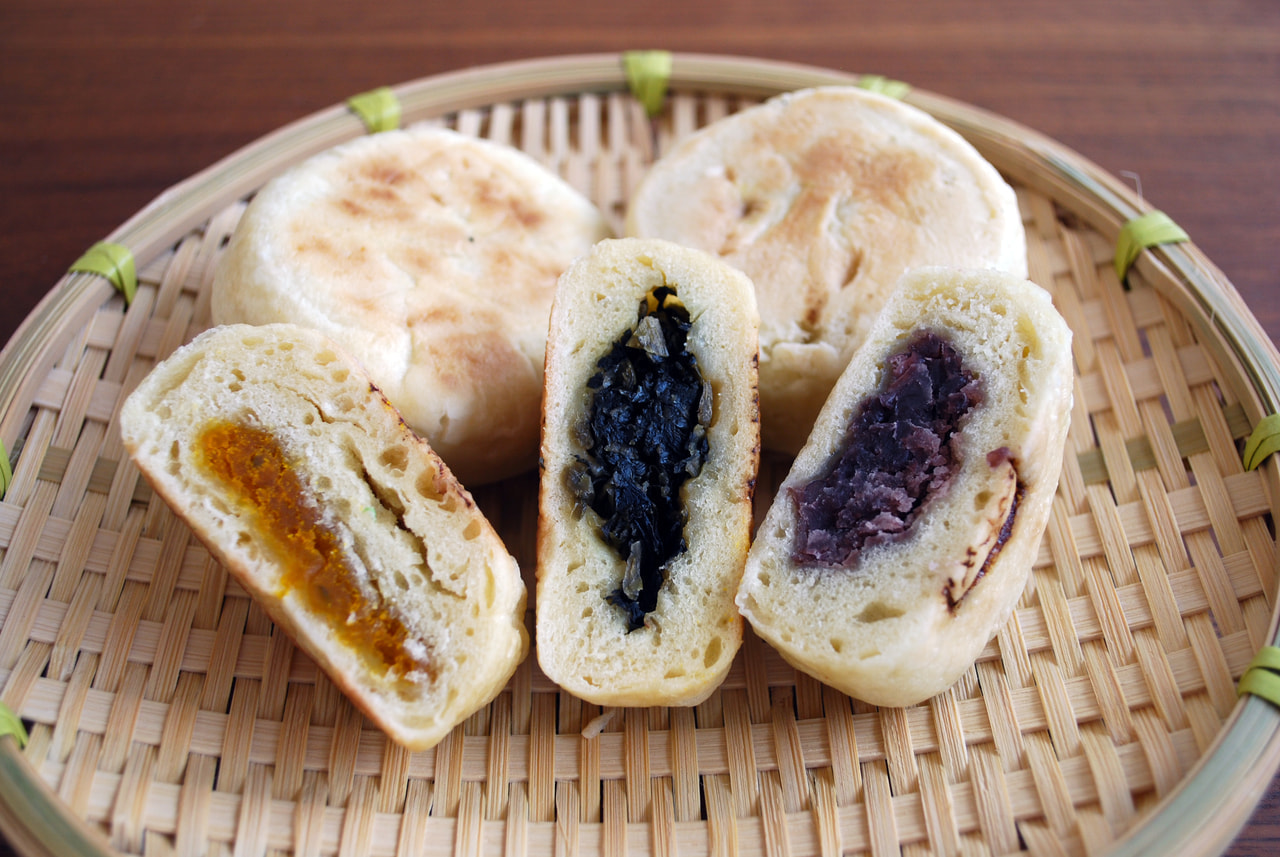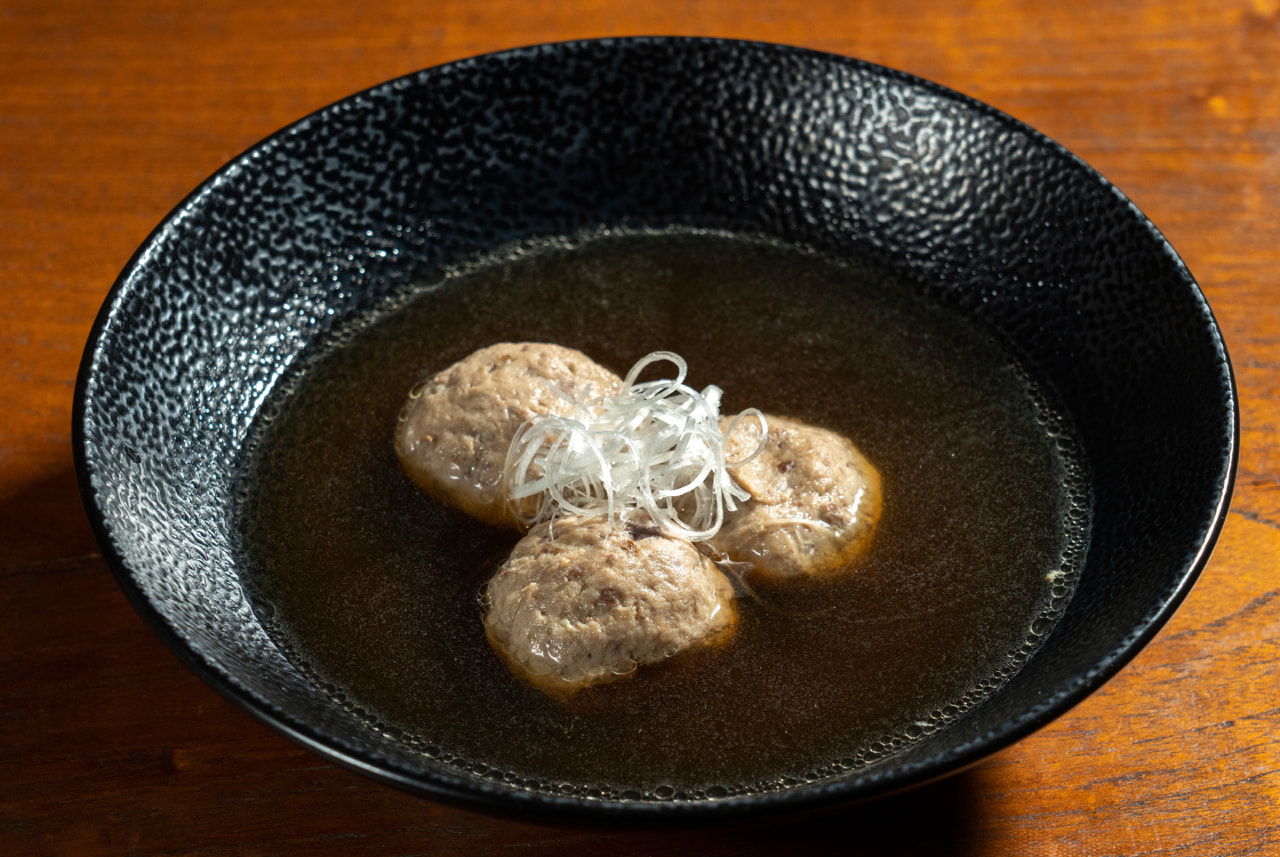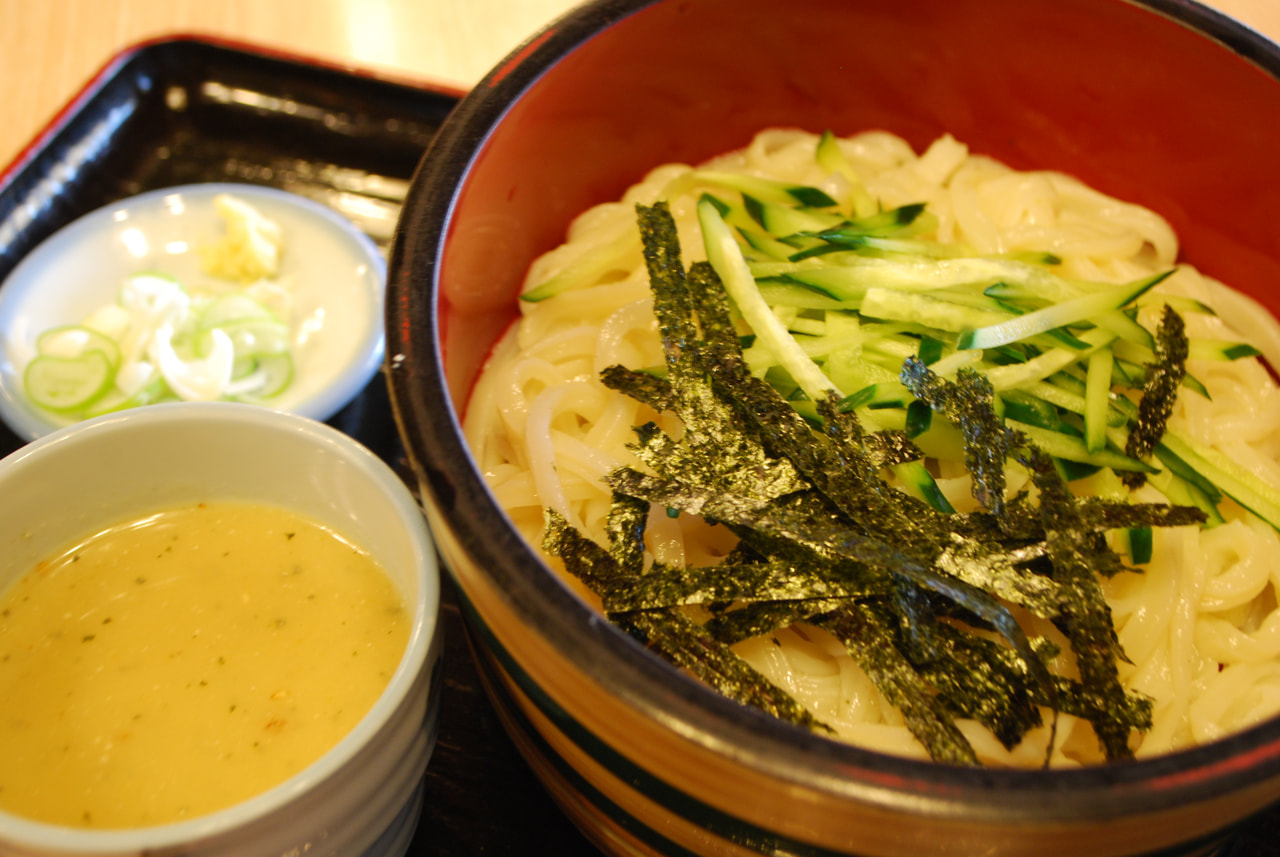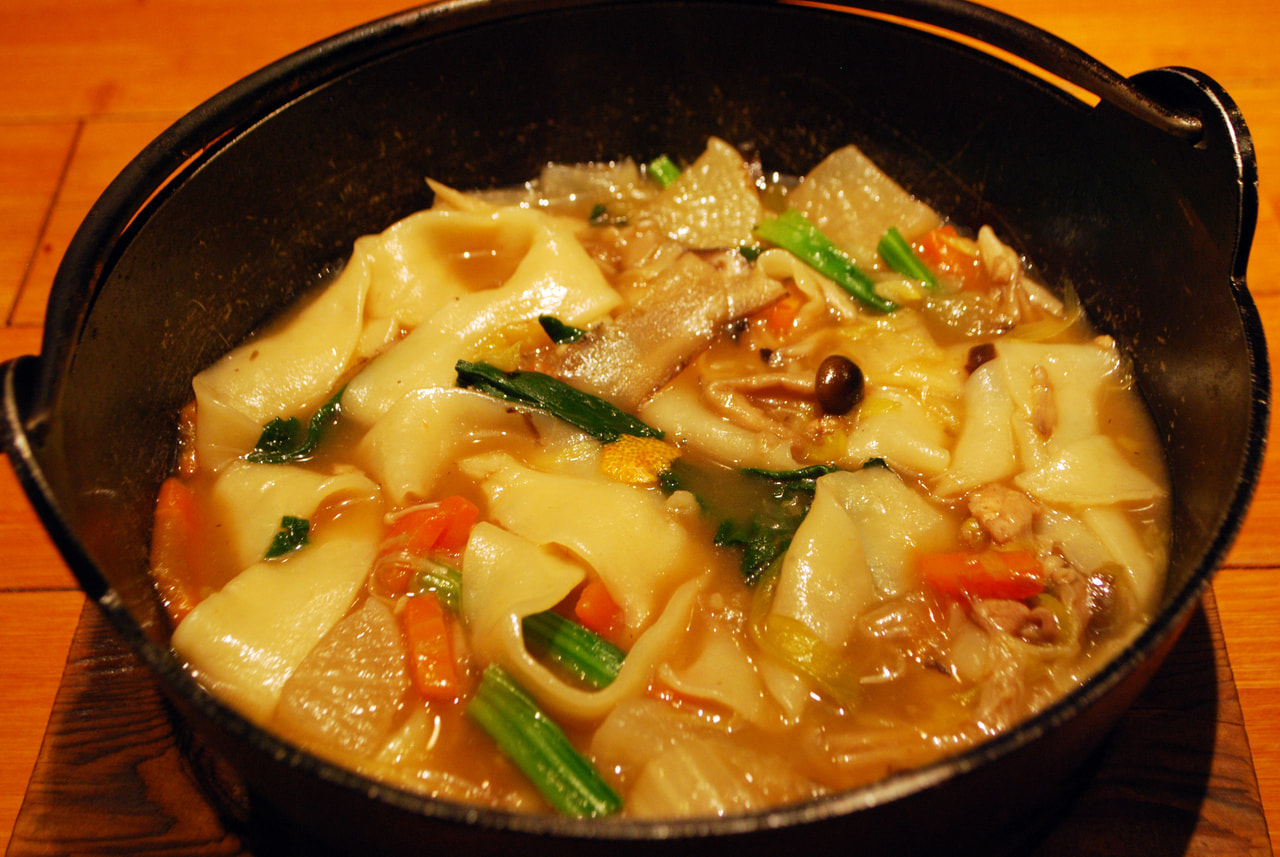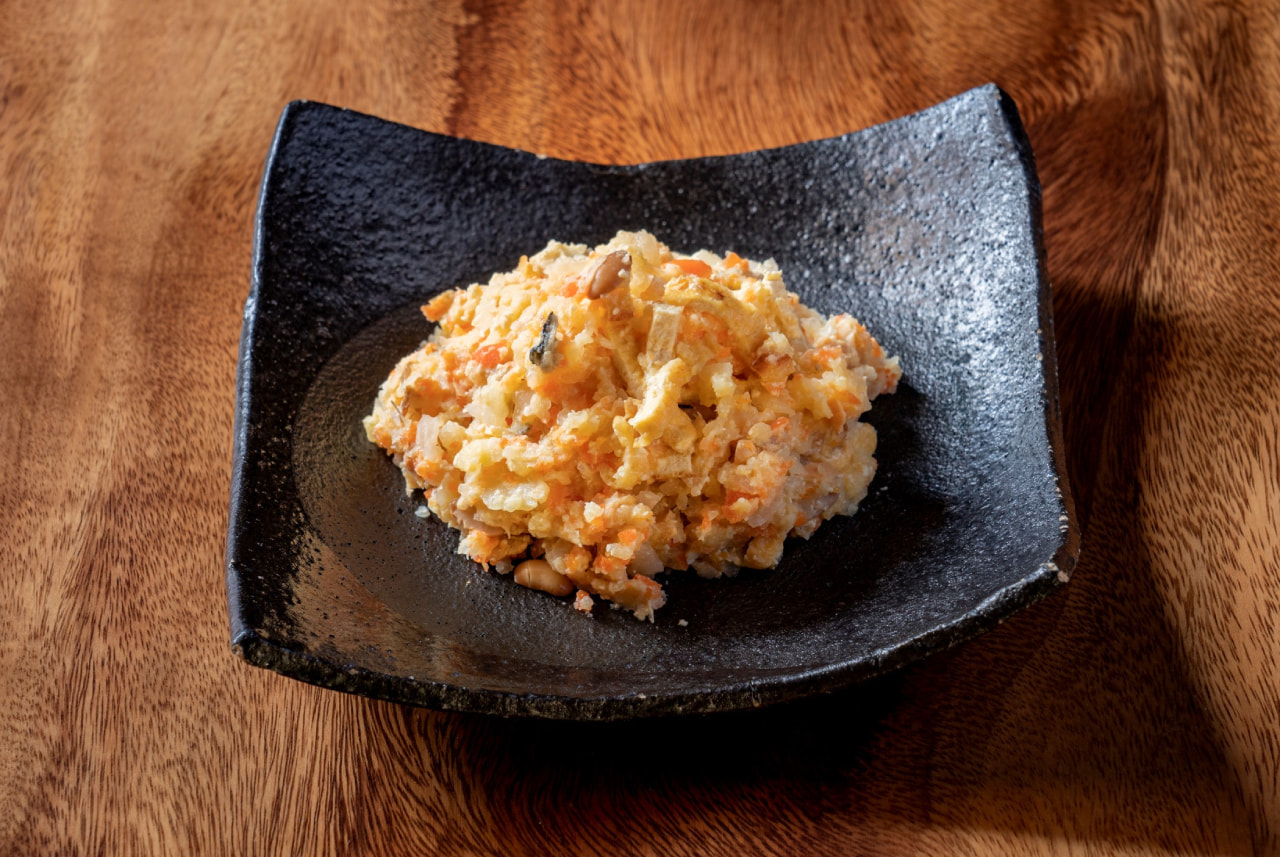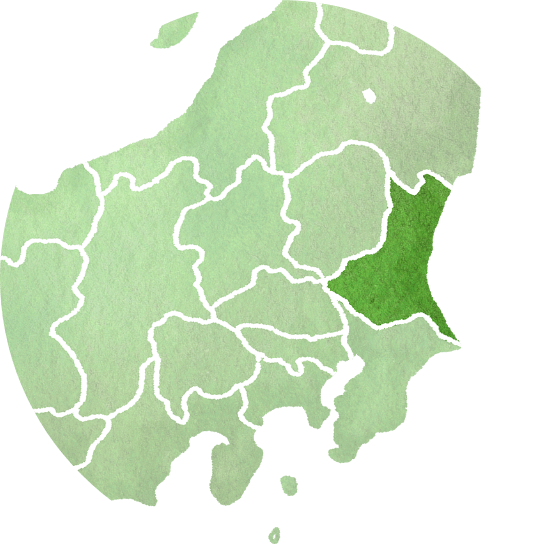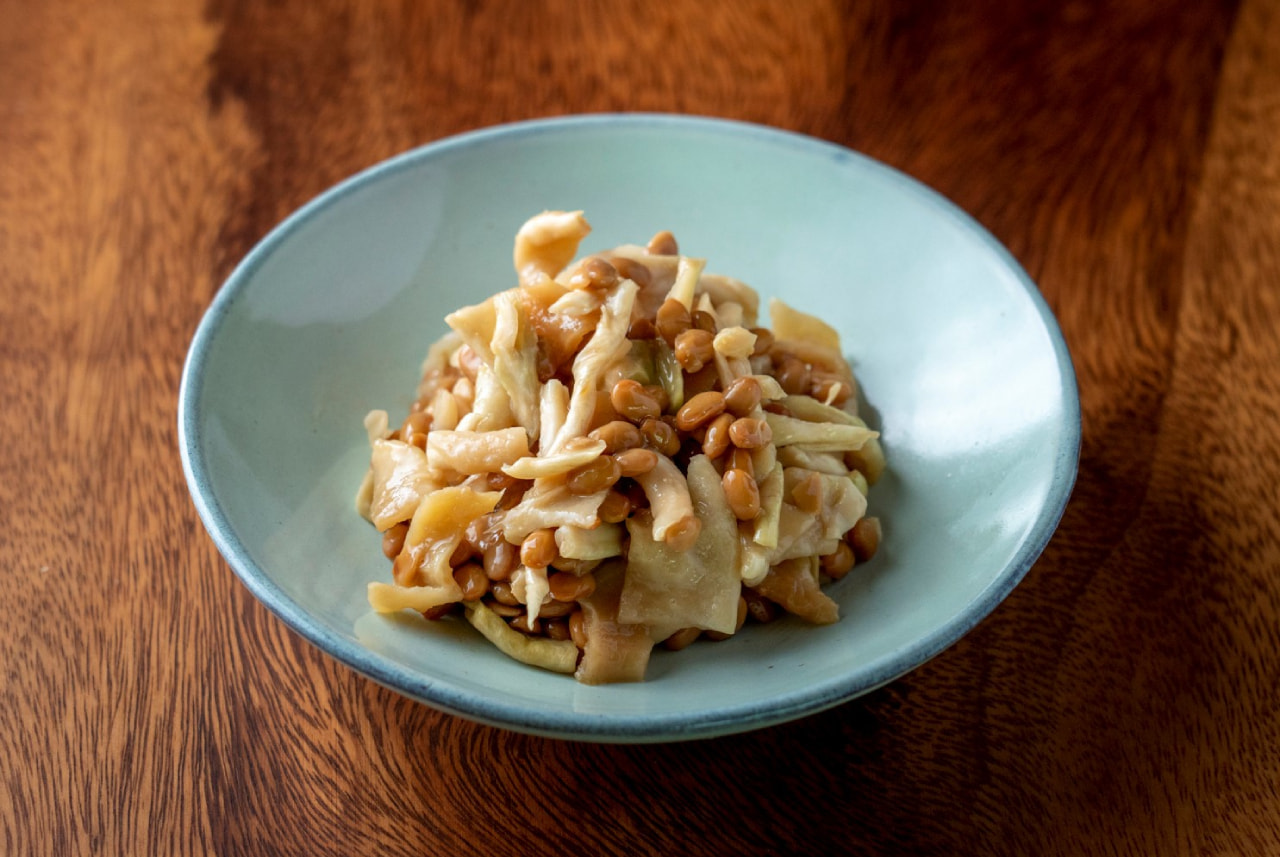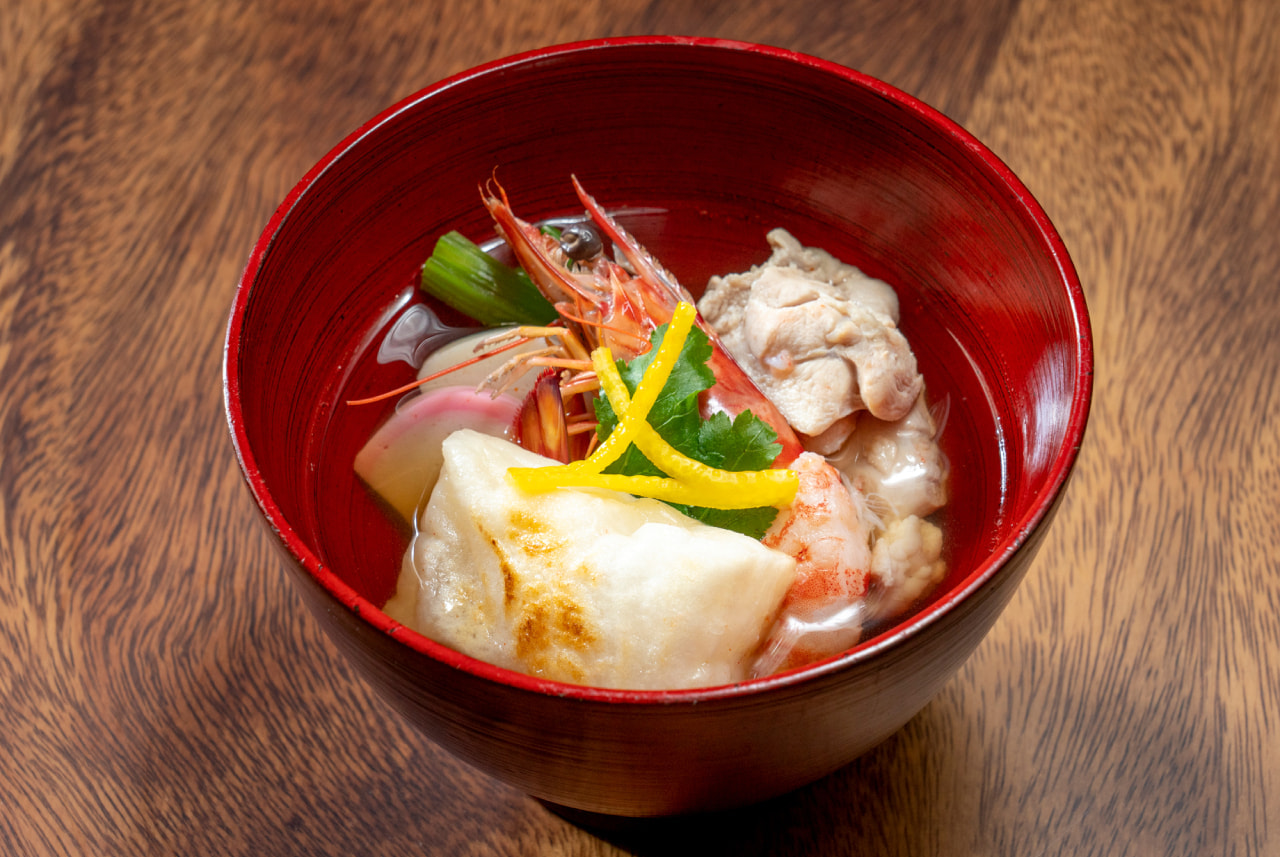Gomoku meshi
Gomoku meshi is a traditional local dish from Tochigi Prefecture. It is made with a variety of colorful ingredients such as kanpyo, dried shiitake mushrooms, carrots, gobo (burdock), snow peas, fried tofu, and shredded egg crepe, and is prepared for special occasions such as local festivals and farmers' celebrations.
Over 99% of kanpyo, the main ingredient, is produced in Tochigi Prefecture, which ranks first in Japan (according to a 2018 survey by the Ministry of Agriculture, Forestry and Fisheries). It is a specialty product representing Tochigi, especially cultivated in the southern region. Kanpyo is made from the fruit of the Yugao plant (a type of gourd), which is peeled into thin strips and dried in the sun. It is rich in calcium, potassium, and dietary fiber, making it a nutritious ingredient.

